
Letter To Editor | Aug 19,2024
Nestled within the seismically active East African Rift System, the Afar Regional State is no stranger to earthquakes. The latest was a few minutes past midnight on Saturday, November 3, 2024. Twenty nine kilometres northwest of the Awash town, 156Km from the capital, the quake (4.7 on a richer scale) cracked the earth for close to 10Km, causing indoor objects to shake. It was not to be the first over the past two months: no less than 12 earthquakes have been registered since mid-September, with an average of 4.5 on a richer scale. Experts warn that a major seismic event could easily overwhelm local healthcare infrastructure. Seismologists also caution that these tremors might be precursors to more severe earthquakes. Particularly worrying should be that the country relies on one seismograph for data. Plans to establish a centre for geohazard monitoring near Addis Abeba have yet to materialise, leaving the authorities with limited capability to monitor and respond to seismic activities.
The tremors from recent activities were felt all the way to Addis Abeba, sparking concerns over the country's preparedness for disaster relief operations and the alarming disregard for building codes in this earthquake-prone area. Despite the Ethiopian Construction Authority (ERA) rolling out stricter building regulations in 2022, enforcement remains inconsistent. In urban centres like Addis Abeba, construction quality varies widely, leaving many structures vulnerable in the event of a larger quake. The lack of adherence to building codes heightened fears that the country is ill-prepared for the aftermath of seismic activities.
In the Segento District of Afar, residents have been captivated — and unsettled — by a peculiar natural phenomenon triggered by the earthquakes. A muddy spring that bubbles and roars, emitting eerie sounds. Local officials likened it to "the creator's rage," describing the mesmerising yet disconcerting spectacle. The spring's expansion and undrinkable water have rendered nearby villages uninhabitable, prompting the evacuation of 830 residents from four villages. The region's pressing infrastructure needs only add to the demand for robust emergency responses.
The Afar Regional State Disaster & Risk Management Commission has begun distributing food aid to those affected. However, the healthcare system is woefully lacking for a disaster. With only eight functioning hospitals, the regional state's healthcare network is ill-equipped to manage earthquake fallout.
You can read the full story here
PUBLISHED ON
Nov 03,2024 [ VOL
25 , NO
1279]

Letter To Editor | Aug 19,2024
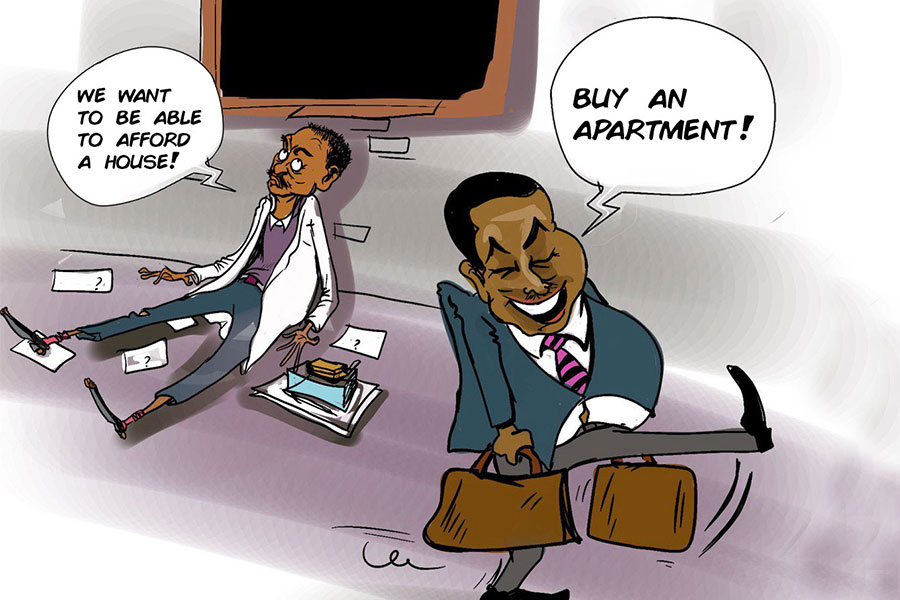
Editorial | Jun 07,2025
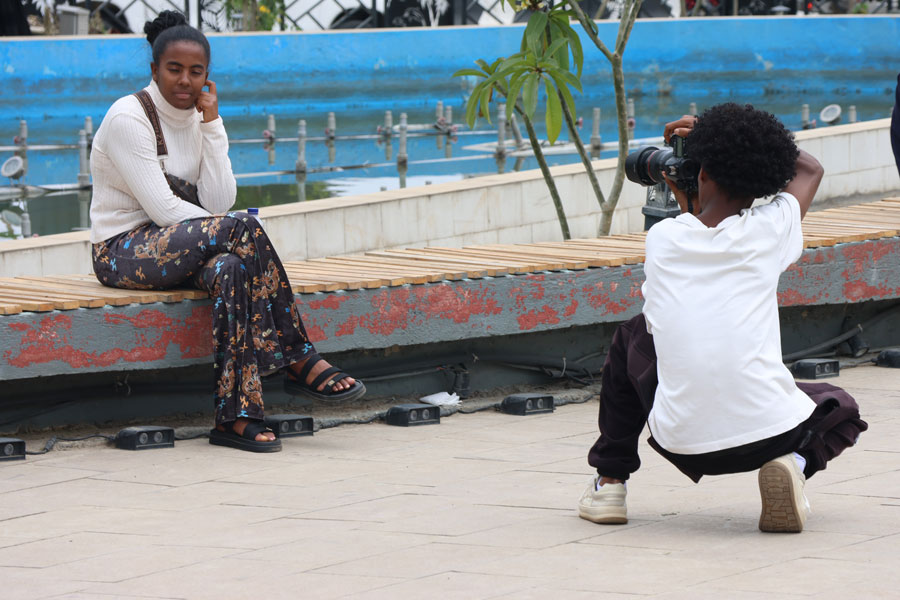
Featured | Jun 29,2025
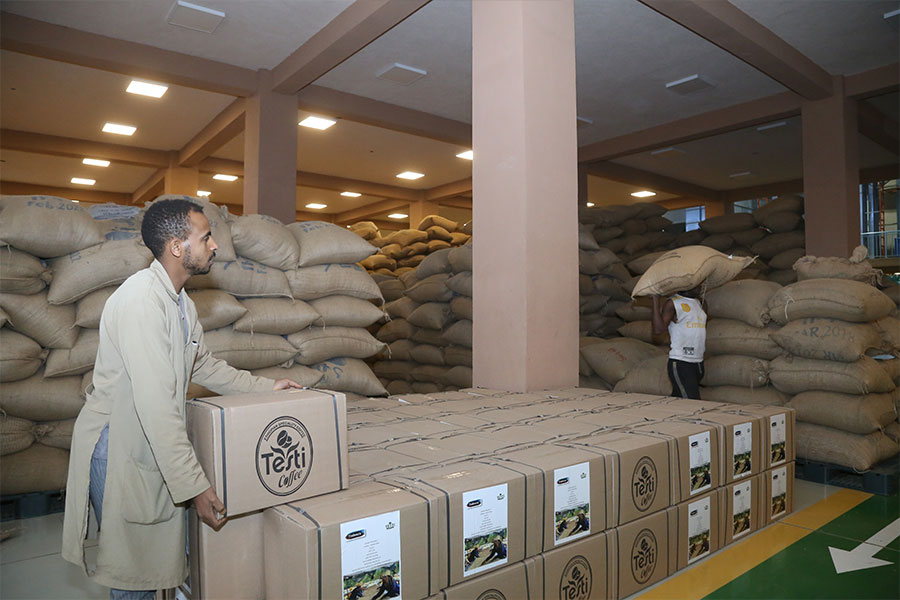
Agenda | Jul 02,2022

Commentaries | Apr 15,2023
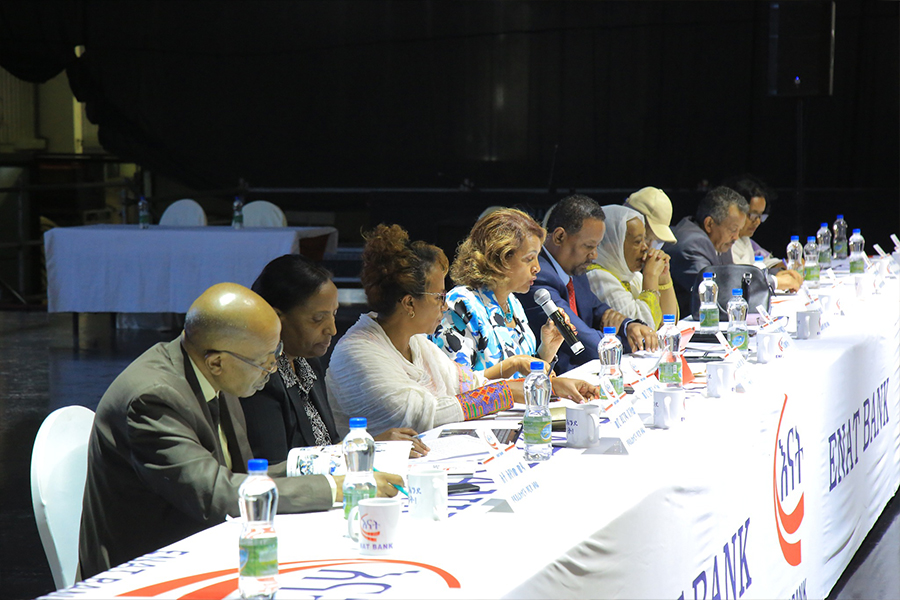
News Analysis | Mar 02,2024

News Analysis | Nov 11,2023

Fortune News | Nov 03,2024

Fortune News | Feb 18,2024
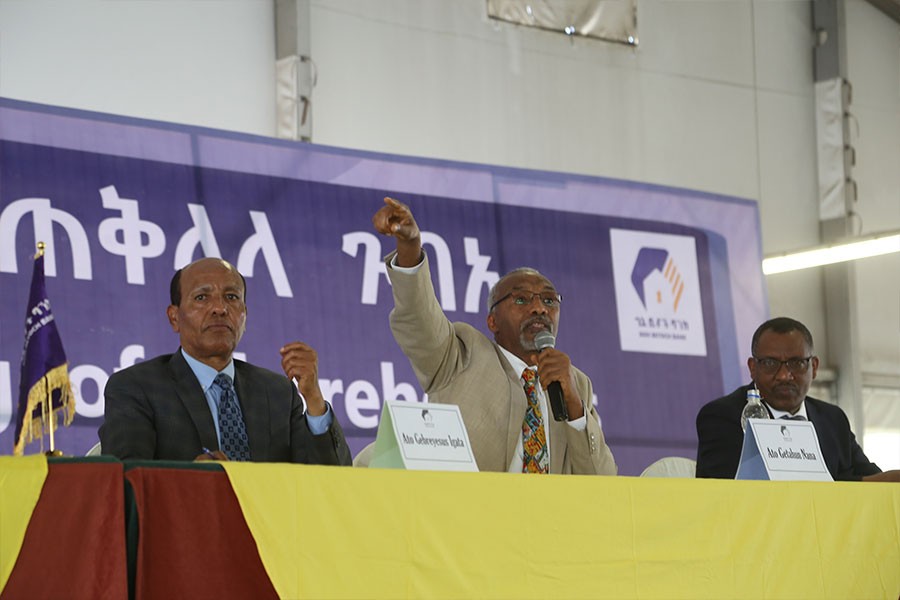
Radar |

Dec 22 , 2024 . By TIZITA SHEWAFERAW
Charged with transforming colossal state-owned enterprises into modern and competitiv...

Aug 18 , 2024 . By AKSAH ITALO
Although predictable Yonas Zerihun's job in the ride-hailing service is not immune to...

Jul 28 , 2024 . By TIZITA SHEWAFERAW
Unhabitual, perhaps too many, Samuel Gebreyohannes, 38, used to occasionally enjoy a couple of beers at breakfast. However, he recently swit...

Jul 13 , 2024 . By AKSAH ITALO
Investors who rely on tractors, trucks, and field vehicles for commuting, transporting commodities, and f...

Sep 13 , 2025
At its launch in Nairobi two years ago, the Africa Climate Summit was billed as the f...

Sep 6 , 2025
The dawn of a new year is more than a simple turning of the calendar. It is a moment...
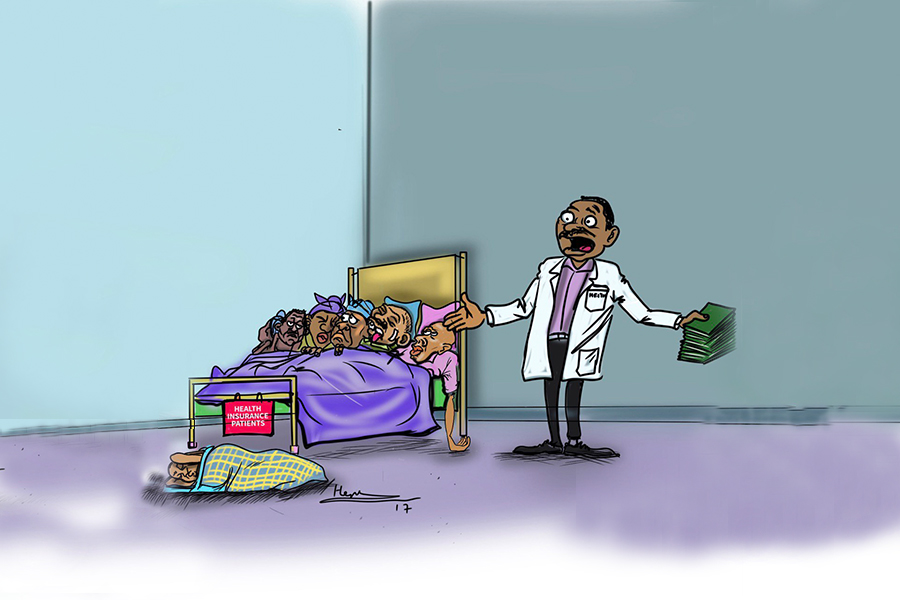
Aug 30 , 2025
For Germans, Otto von Bismarck is first remembered as the architect of a unified nati...

Aug 23 , 2025
Banks have a new obsession. After decades chasing deposits and, more recently, digita...